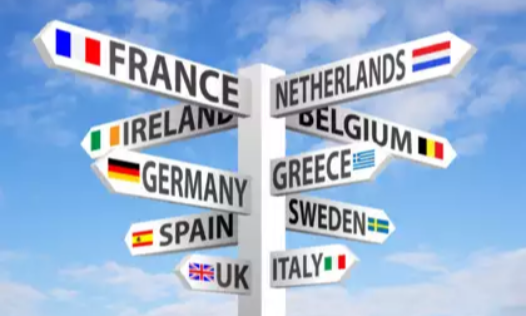Payment is being processed. Please do not refresh or close this page until your payment is complete.
 Book an Appointment
Book an Appointment

Synopsis
In 2025, several Schengen nations, including Germany and France, have reinstated internal border controls due to irregular migration, terror threats, and regional instability. These measures, permitted under the Schengen Borders Code, require travelers to carry identification and allow extra travel time. Despite these changes, officials emphasize that the core principles of the Schengen zone remain in effect.
Several Schengen member states have reintroduced internal border checks in 2025, marking a significant shift in the region’s approach to freedom of movement. Germany, France, Netherlands, Austria, Italy, Slovenia, Denmark, Sweden, Norway, and Bulgaria have implemented border measures citing reasons such as irregular migration, terror threats, and regional instability. These actions, though permitted under Articles 25 and 29 of the Schengen Borders Code, represent an unprecedented level of intern .
Germany, for instance, initiated controls in September 2024 across all its land borders. As of February 12, 2025, these controls remain in effect until at least mid-September. The country attributes the decision to irregular migration and the presence of smuggling networks. France, on the other hand, cites heightened terror threat levels and major event security. It began enforcing border controls from November 1, 2024, and will likely extend them beyond the current April 30, 2025 end date.
In Northern Europe, Denmark, Sweden, and Norway are maintaining checks through late 2025, each citing heightened security threats. Bulgaria, having partially joined the Schengen area in January 2025, is applying selective internal controls.
For travelers, this shift means a return to identity verification at previously open borders. Visitors are now advised to carry passports or national ID cards, maintain proper documentation such as visas and accommodation proofs, and allow extra time for road and rail crossings. Even intra-Schengen flights may include document checks.